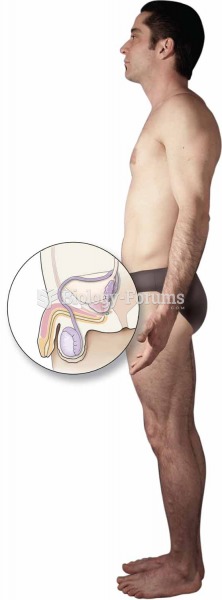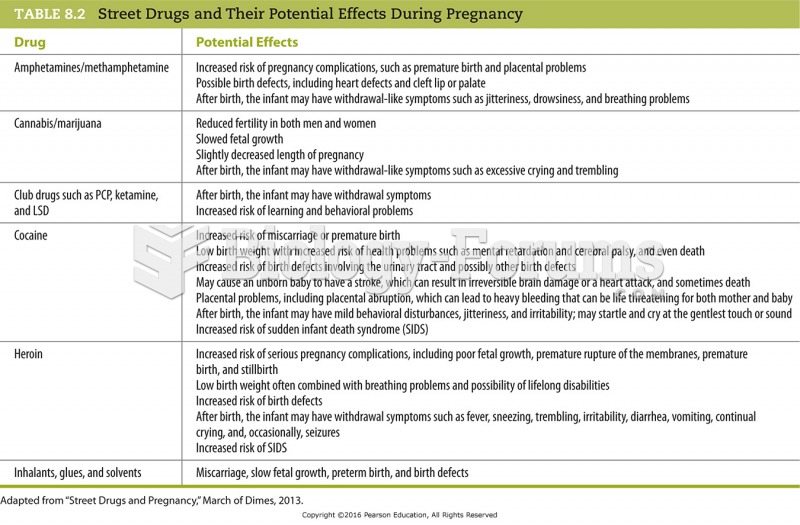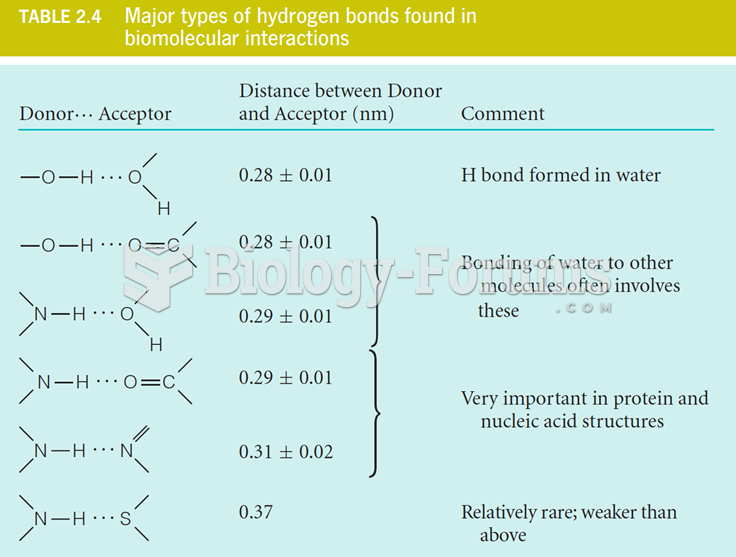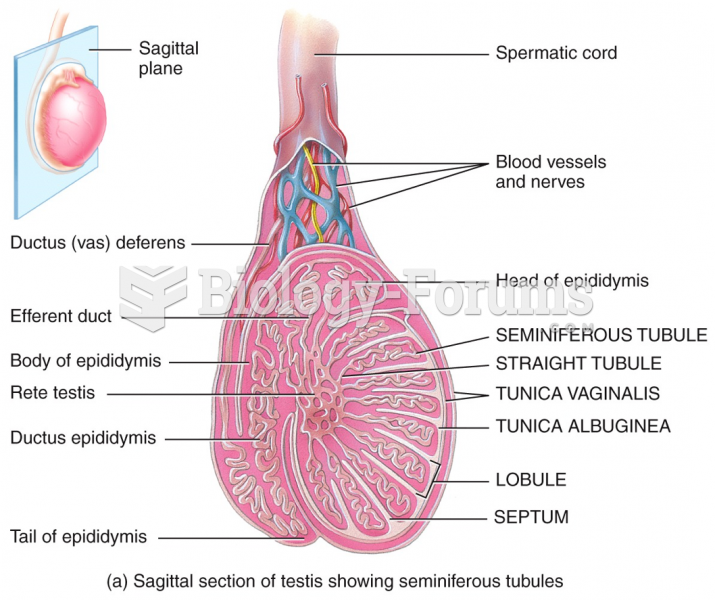Sam is a 38-year-old Asian male who was initially found passed out on the street. He was take to the ED and was found to be acutely intoxicated. He had no recollection of how he wound up on the street, being transferred to the ED or why he was hospitalized. He was allowed to sober up and then was transferred to this inpatient clinic for detox and treatment. On meeting with Sam on the third day after his arrival, he presented with a disheveled appearance. His clothes appeared clean, but he was unshaven and his hair was matted. He had difficulty making eye contact and was difficult to engage. He answered most questions with single word answers, or as few words as possible and consistently avoided interacting verbally. He again said he had no idea how or why he wound up at the ED and was not sure why he was at this clinic. He kept asking when he could have a beer. When asked about his past, he said he was a Navy veteran and had been discharged after serving in the first Gulf war. According to Sam, he does not drink too much, and can quit anytime he wants he just doesn't want to quit. He blames a string of bad luck for winding up on the streets and thinks the government should take care of him because, after all, I am a veteran. He consistently refuses to take responsibility for his actions. He really has no memory of the past several months, and kept asking where he was and why he was there.
Dx: Amnesia due to alcohol; alcoholism
First-listed diagnosis: ________
Secondary diagnoses: ________
Question 2
Patient presented at the ED stating she was having severe chest pain and dyspnea. She is highly anxious to the point of crying. She describes the pain as like a two ton weight on my chest. She denies any radiation of the pain. EKG showed sinus tachycardia, but was otherwise WNL. Cardiac enzymes were WNL. After being given anti-anxiety medication, she calmed down and said the chest pain was subsiding. Because all the cardiac measures were normal, she is being diagnosed with anxiety reaction. She was instructed on all the symptoms of myocardial infarction and told to call 911 should any of the symptoms occur or recur. She was given a prescription for anxiolytics and instructed to contact her PCP for follow-up.
First-listed diagnosis: ________








